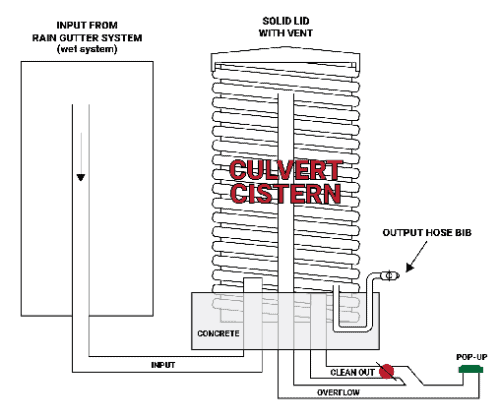Southern Arizona Rain Gutters
Rainwater Harvesting
Rainwater harvesting is a technique used for collecting, storing, and using rainwater for landscape irrigation and other uses.
Rainwater is a renewable, sustainable and a high quality water source for your home.
Normally when it rains the rainwater pours off your roof, down through your gutters and runs off into your yard or street. With rainwater harvesting your rainwater is collected in a water storage tank or cistern and stored for later use. The practice of collecting and storing rain water has been around for thousand of years and is currently growing in popularity throughout our communities due to interest in reducing the consumption of potable water and the inherent qualities of rainwater. It is appropriate for large scale landscapes such as parks, schools, commercial sites, parking lots, and apartment complexes, as well as small scale residential landscapes.
Rainwater Harvesting
Some of the benefits of collecting and storing rainwater include*:
Basic Configuration
Rainwater is a renewable, sustainable and a high quality water source for your home.
Normally when it rains the rainwater pours off your roof, down through your gutters and it just runs off into your yard or street. Rainwater harvesting systems allow you to collect and store rainwater for later use.
The basic principal of Rainwater harvesting systems is to channel rainwater from a catchment surface (roof or other raised solid surface), through a distribution system (gutters, downspouts and pipes) and then into storage tank.The storage tank can be above ground or underground and can be made from a variety of materials including plastic and metal. Water storage tanks should be covered to prevent mosquito breeding and to reduce evaporation losses, contamination and algal growth. Rainwater harvesting systems require regular maintenance and cleaning to keep the system hygienic.
